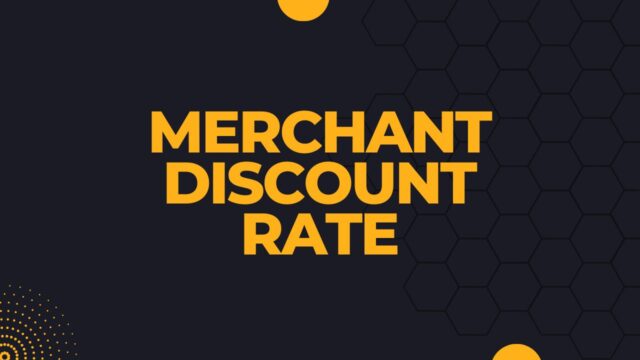
Have you ever wondered what it means when your credit card statement says that the merchant discount rate was applied? It’s an important part of how merchants process payments, and understanding MDR can help you budget better and potentially save money. Let’s take a closer look at what MDR is and how it affects your credit card purchases.
What is MDR?
MDR stands for merchant discount rate. It’s the fee a merchant pays to their payment processor or bank in order to accept credit cards as payment. This fee is usually calculated as a percentage of the total transaction amount, plus an additional fixed handling fee per transaction. For example, if a customer spends $100 with their credit card and the merchant discount rate is 2%, then the merchant would pay $2 to their processor—$1 for the percentage-based fee and $1 for the flat fee.
How Does Merchant Discount Rate Affect Me?
As a customer, you won’t be paying this fee directly—it’s factored into the cost of doing business by merchants. That means that when you pay with your credit card, you might be paying slightly more than if you were to pay with cash or another form of payment.
However, many people find that the convenience of using their credit cards outweighs any potential cost difference because they can easily manage their spending and budgeting when all transactions are tracked on one statement instead of multiple forms of payment like cash or check. So while there may be a slight increase in cost associated with using your credit card, it doesn’t have to break your budget if used responsibly.
What Factors Affect Merchant Discount Rate?
The exact terms of each merchant discount rate vary depending on factors such as type of product sold, type of processing system used, size of business, etc. For example, large retail stores typically have lower rates than small businesses because they process larger volumes of transactions every day.
Additionally, some processing companies may offer different rates depending on how long a business has been processing payments with them or if they meet certain criteria such as minimum volume requirements or sales goals during certain periods of time. Payment processors will also sometimes offer promotional discounts during special times throughout the year such as holidays or back-to-school season in order to encourage more customers to use their services when shopping in those periods.
These discounts can range from reduced fees to waived fees altogether so it pays off to shop around if you are looking for ways to save money on your purchases!
Conclusion:
Merchant discount rates are an essential part of accepting payments by debit and credit cards for many merchants who want to make sure their customers have access to convenient ways to pay for products and services without sacrificing too much profit margin due to fees associated with payment processing systems.
Understanding what factors go into calculating MDR can help both customers and merchants make informed decisions about which methods are best suited for their needs depending on the size and scope of the purchase being made! Ultimately though no matter which method works best for you – having choices will always benefit both parties involved in any transaction!


































